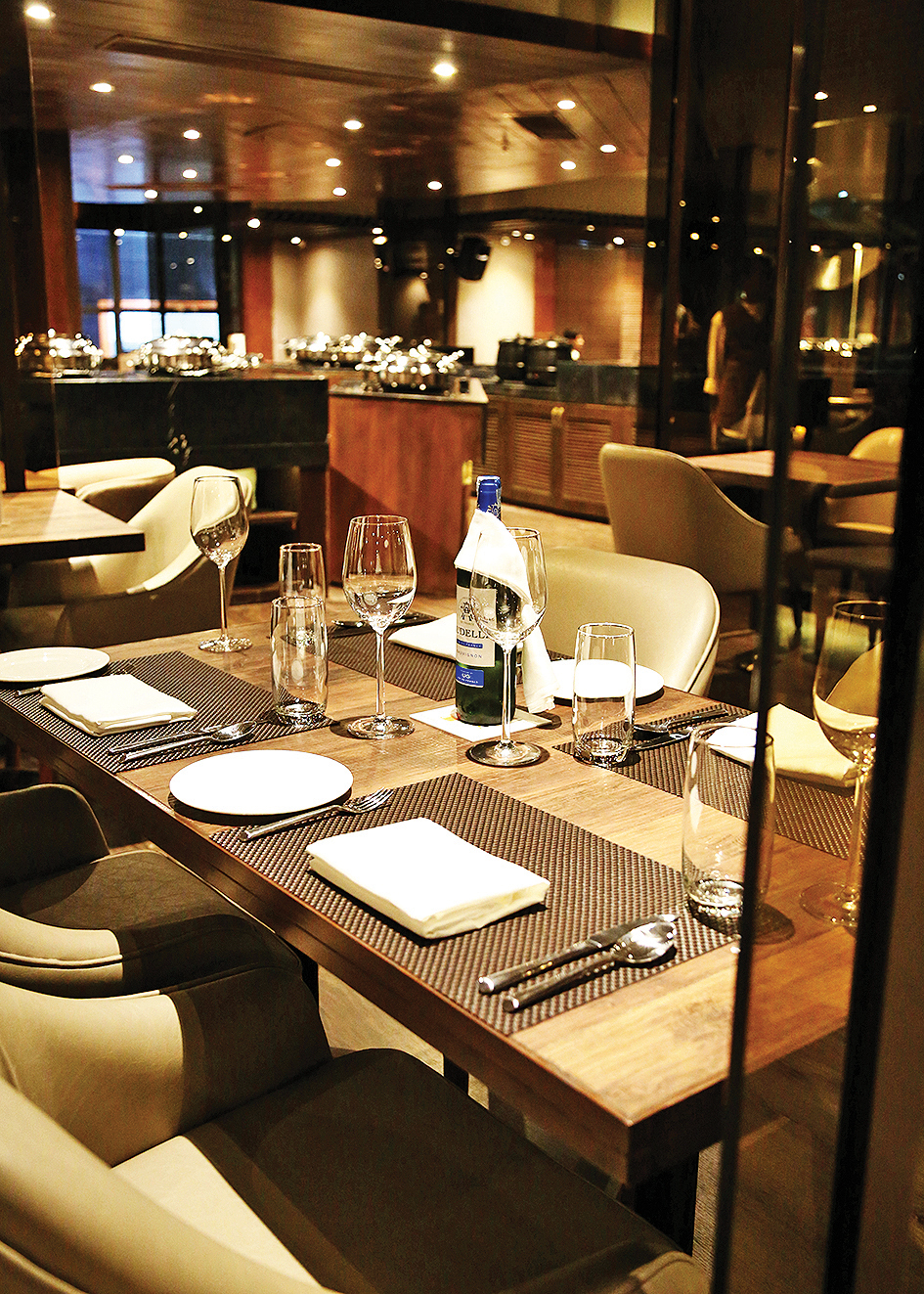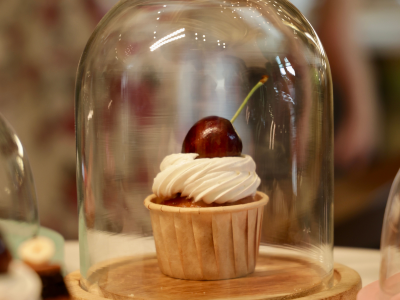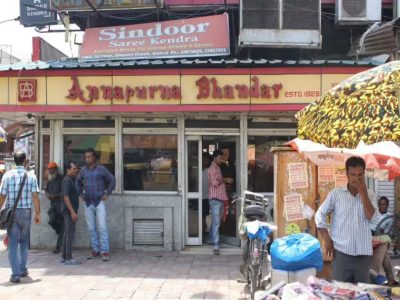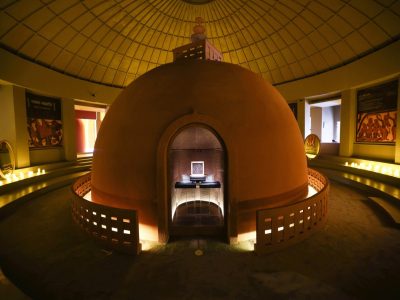There is a reason why Punjabi food is such a hit in remote corners of India and places faraway in the West – the flavours are to die for
SHUBHAM BHATIA
@ishubhambhatia
The thing about Punjabi food is that we all are too familiar with it if you are in North India. Naans, curries and tandoor dishes. What makes one restaurant stand out from the others? What makes the same dish of Butter Chicken or Dal Makhani different in each restaurant? Well, to cut it short, I would say — it’s the spices which make one chicken kick the other in the butt.
A generous request for review came from Made in Punjab, a restaurant which aims to bring out the true flavour of the ancient, farm-rich land, to a restaurant which occupies a huge space in country’s biggest mall, Mall of India.
The task seems simple: to try out what we regularly prepare at home: some breads, some dal and some chicken. Without high expectations, we head to Mall of India to see what this establishment has to offer.
At first sight, the restaurant reminds you of an eatery nestled in an airport. The interiors are mostly beige and black, with ceiling spotlights guiding the way. So huge is the space that it provides comfortable seating for diners. The seating arrangement is a mix of tables with either chairs and/ or one-seater sofas. The hint is to sit back, relax, eat, and repeat.
As much fun as it is to savour North Indian food, reviewing it is not an easy task. The problem is that it fills you up fast. After wrestling with two or three pieces of tandoori chicken you start feeling satiated, unless the food is of supreme quality.
To start with, the server gave us three options to choose from — buffet, à la carte and customised menu. Customisation ignited some curiosity and we gave our nod to the suggested option. We were confident that we will conquer the table, our taste buds fighting till the last round of the battle.
First to arrive were two beautifully plated chaats. Chaat is something which has ruled over the years, regardless of modern Indian food making a buzz, and they will remain on the streets and in the restaurants.
The Bhalla Papdi chaat (Rs 170) and Palak Patta Chaat (Rs 170) at first sight look very tempting. Presentation is one thing which makes a difference between the chaat you get on the streets and in plush restaurants. Both can equally give each other a run for the money in taste but not in looks.
The two chaats served to us were quite satisfying to the taste buds too. The Bhalla Papdi was heavily infused with mint and sweet chutney, wrapping up the whole plate in its tanginess. We were afraid that halfway through, the bhalla will loosen up and become downright soggy but to our surprise, it didn’t. The bhalla remained intact and the papdi quite crisp.
The Palak Patta Chaat too is quite a delectable item at the restaurant. Three super crispy papdi rest atop the bed of chutney, a sight to behold. The palak didn’t make the chaat bitter at all, in fact, little hints of palak along with the sweet chutney and dahi make for a fine starter.
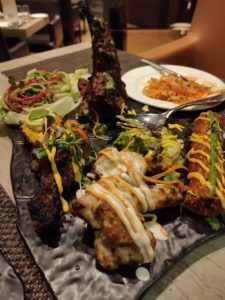
In between this we were served Vohito-Mohito (Rs 375), which is a classic virgin mojito drink topped with fresh sugarcane juice – not to dominate the taste, but as a dressing. The drink doesn’t disappoint.
Next up were two heavyweights — vegetarian and non-vegetarian platter — taking up half of the table. The sheer sight of these platters made us feel a bit challenged. Platter in a North Indian restaurant demands people at the table with empty stomachs.
Served on two huge charcoal-black sizzler plates, both speak of the exquisiteness each dish carries. From broccoli to chaap to chicken tikka, all of the dishes carried a solid distinction from one another. At one point both of these platters looked like two countries, where different sides carry different value.
Being a non-vegetarian first, I started with the chicken tikka which was cooked quite well. The tenderness of the chicken and the wholesome flavour of tandoor created quite a gastronomical experience for the non-veg lover I am.
The Farid Tikka carried a whole mix of Multani spices along with the overpowering flavour of charcoal. The overlapping of the mustard and mayonnaise on top is a risky thing to attempt for Punjabi starters, but it didn’t disappoint us at all. It united all the dishes together.
Meat te Seekhan is a tandoori dish at the restaurant which is basically lamb mince kebabs with insides packed with yoghurt. Quite delicious.
Taking us back to the dhabas of Punjab, Murg Bhatti (Rs 480) is a classic dish with chicken drumstick marinated with specially made Bhatti masala. The dish tasted quite like a household item, which is great.
Coming to the vegetarian side of the platter, we were served a Broccoli Badaam, which is chilli garlic almond marinated broccoli, perfectly roasted in tandoor, and some fried broccoli on top. The end result — a super creamy fried broccoli mini-feast.
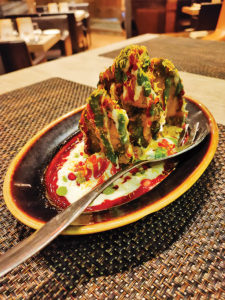
Just like the Broccoli Badaam (Rs 325), the Soya Malai Chaap (Rs 400) was super creamy too. At one point you’re lost in the buttery flavour and overwhelmed with the spices put in each one of these dishes.
By the end of this long-lasting round of tandoor dishes, we wanted to run from the restaurant. Don’t get us wrong here, it’s because we were stuffed. That’s the wicked curse of Punjabi food: even when you face no space for the next dish, you are motivated to try the next offering.
Keeping in mind how overwhelmed our stomachs were by the starters, we requested that the main course dishes be served in the tiniest bowl available.
Soon, came four tiny white bowls — each bowl carrying a different dish. We had Lehsuni Palak Chenna, Maa Ki Daal, Luxury B.C. (Butter Chicken) and Fauji Chowk Di Chicken Curry — two vegetarian dishes and two non-vegetarian.
To fill the up the table up more, we were served three different types of bread — Tandoori Parantha, Garlic and Butter Naan (Rs 95 each)
To start with, the Luxury Butter Chicken (Rs 655) at the restaurant is a super-creamy one, the gravy is super thick, unlike some restaurants, and doesn’t carry too much of the tanginess the tomato tries to conquer the dish with.
Maa Ki Daal (Rs 435) is a light and suitable addition to the menu, given how overwhelming the tandoor dishes can be. The classic lentil dish seen at most weddings is a go-to dish for anyone. Getting the flavour right is not as simple as it seems — one wrong spice, and the nostalgia is completely ruined. However, in our case, it did not.
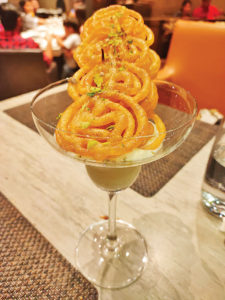
Interestingly, the restaurant hasn’t named the ingredients of Fauji Chowk Di Chicken Curry — because “the recipe is a defence secret.” Leaving it to us to judge, the curry didn’t taste like the usual chicken curry you get in Delhi. It had a bitter flavour which we didn’t mind at all — it actually came as a refresher.
The Lehsuni Palak Chenna (Rs 495) is quite a heavy dish. Filled with cheese, shredded spinach and onion tomato masala, the dish was quite overwhelming for us to finish, so we gave up midway.
It would’ve been a total disrespect to leave the restaurant without having at least one dish from the desserts section. To sweeten it up, we had Nukkad Jalebi (Rs 235) which is your regular crispy jalebi and rabri. Not too sweet, this dish is quite balanced in flavour. Rabri, on the other hand, makes it a great combo to end your culinary experience with at the restaurant.
By the end of our savouring session, we knew why the flavours of Punjab are found in the remotest Himalayan town and the swankiet London restaurant.
Visit on invitation
Address: DLF Mall of India, Sector 18, Noida

